Last update September 18th, 2024 at 07:43 pm
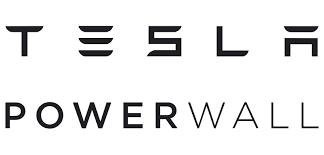
Tesla has just released the Powerwall 3, and it’s already generating significant buzz. This new version of the popular home energy storage system promises improved efficiency, advanced features, and even greater reliability. In this post, we’ll dive into the technical specifications, installation details, and the benefits of the Powerwall 3. We’ll also explore its popularity in Australia and answer some of the most pressing questions about its performance.
Efficiency and Popularity
The Tesla Powerwall 3 sets a new standard in home energy storage. It boasts enhanced efficiency, allowing homeowners to make the most out of their solar energy. This new model includes improved battery chemistry, which translates to higher energy density and better performance. As a result, users can expect more consistent power supply and lower energy costs.
In Australia, the Tesla Powerwall 3 has become exceptionally popular. Australians are increasingly turning to solar energy, and the Powerwall 3 complements solar panel systems perfectly. The Australian market appreciates the Powerwall 3 for its reliability and the way it maximizes solar energy usage, making it a preferred choice for many.

Technical Specifications
Let’s dive into the technical details that make the Powerwall 3 stand out:
- Energy Capacity: The Powerwall 3 offers a total capacity of 13.5 kWh.
- Power Output: Up to 10kW, depending on local conditions.
- Efficiency: Solar to grid efficiency is 97.5%
These specifications highlight the Powerwall 3’s capability to store and deliver energy efficiently, making it a robust option for modern homes.
Integration with Solar Panels
One of the most frequently asked questions is whether solar panels can connect directly to the Powerwall 3. Yes, they can. The Powerwall 3 integrates seamlessly with solar panel systems, enhancing your ability to store excess solar energy for use when the sun isn’t shining.
Moreover, the Powerwall 3 may be retrofitted to existing solar systems. If you already have solar panels installed, you may be able to add a Powerwall 3 to your setup to improve your energy storage and management.
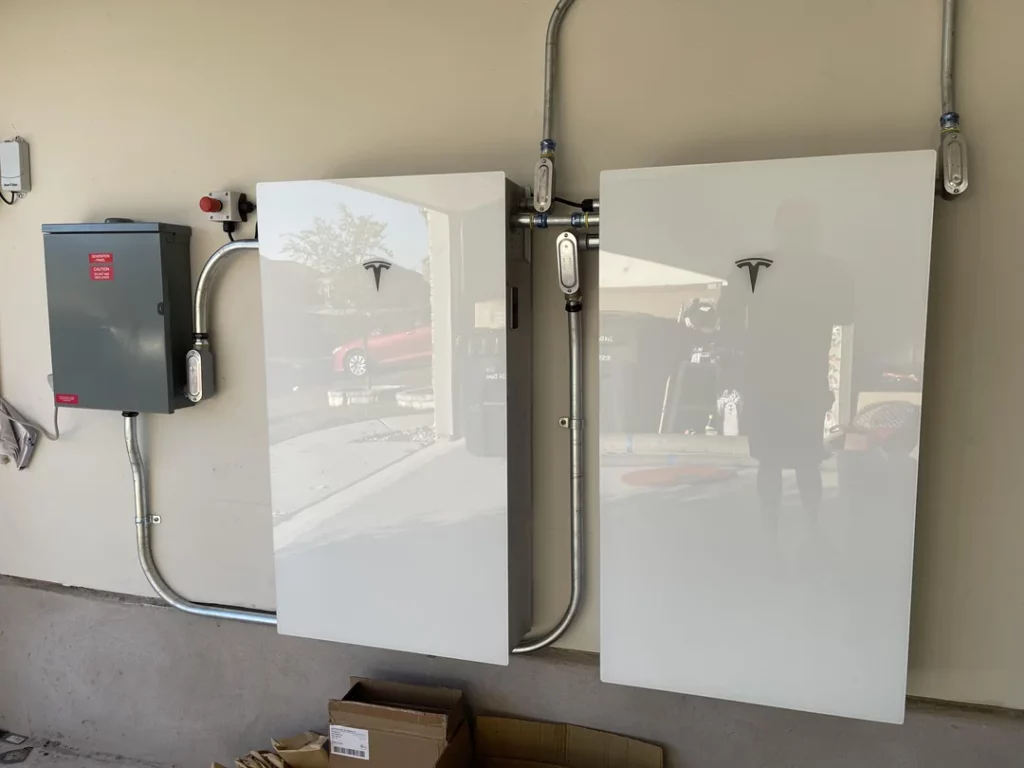
Powerwall 3 and Three-Phase Power
For those with three-phase power, the Powerwall 3 is said to accommodate this feature sometime in the future. At the time of writing, the Powerwall 3 is for single phase only.
Blackout Protection
One of the standout features of the Powerwall 3 is its ability to provide backup power during blackouts. The system can power your house during a blackout, giving you peace of mind that essential appliances and systems remain operational. On average, a fully charged Powerwall 3 can supply power to a typical home for about 24 to 48 hours, depending on energy usage and the size of your home.
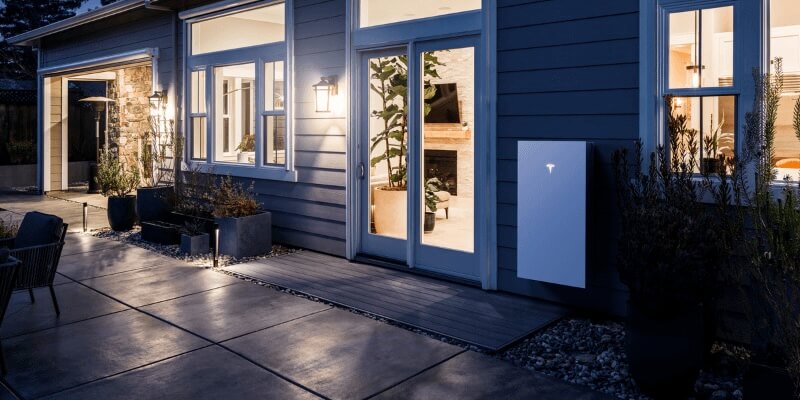
Solar Charging During Blackouts
During a blackout, solar panels continue to charge the Powerwall 3, provided that the system includes a backup gateway. This feature ensures that even in extended outages, your Powerwall 3 remains charged and ready to supply power.
Installation Details
Size and Location
The Powerwall 3 is compact yet powerful. It measures approximately 1.09 metres in height, 0.609 metres in width, and 0.19 metres in depth. Its size allows for flexible installation options. It can be installed inside a garage or on an exterior wall, depending on your preferences and space availability.
Multiple Units
For larger homes or higher energy needs, multiple Powerwall 3 units can be installed on a single property. This scalability ensures that you can tailor the system to meet your specific energy requirements.

Warranty and Reliability
The Powerwall 3 comes with a 10-year warranty, offering long-term assurance of its durability and performance. Tesla’s reputation for reliability extends to this model, supported by a robust service network in Australia.
Service and Repair Centres
Tesla operates several service and repair centres across Australia, ensuring that any issues with the Powerwall 3 can be addressed promptly. This network provides peace of mind and convenience for Powerwall 3 owners.
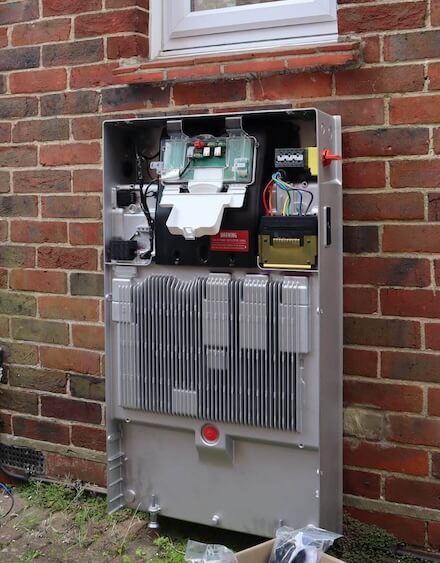
Cost of Ownership
The cost of purchasing and installing a Tesla Powerwall 3 varies depending on your location and specific installation requirements. On average, you can expect to pay around $14,000 to $16,000, including installation. While this is a significant investment, the long-term savings on energy bills and the added value to your home may make it a worthwhile consideration.
The Energy Gateway
The Energy Gateway is a crucial component of the Powerwall 3 system. It manages the energy flow between the Powerwall, solar panels, and your home. This device ensures that energy is distributed efficiently, optimizing the use of stored energy and maximizing your system’s performance.
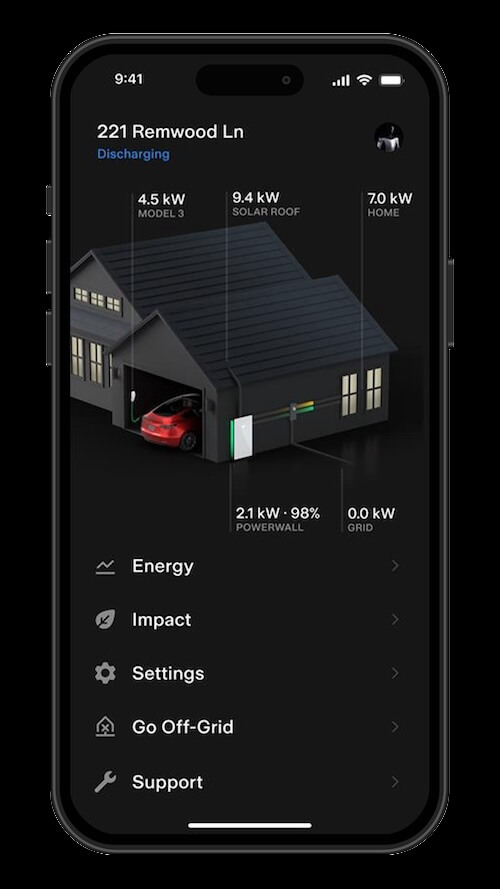
Remote Monitoring
Tesla provides a user-friendly app that allows for remote monitoring of your Powerwall 3. Through the app, you can track energy usage, check battery status, and adjust settings from anywhere. This feature offers convenient control and insight into your home energy system.
Conclusion
The Tesla Powerwall 3 represents a significant leap forward in home energy storage. With its high efficiency, compatibility with solar panels, and robust blackout protection, it addresses many of the common concerns associated with energy storage systems. Its popularity in Australia underscores its effectiveness and reliability. Whether you are retrofitting an existing solar system or installing a new one, the Powerwall 3 provides a powerful and flexible solution for modern energy needs.
For those considering the Powerwall 3, its technical specifications, warranty, and support network in Australia make it a compelling choice. Its ability to integrate with solar panels, provide backup power, and be monitored remotely ensures that homeowners can enjoy a reliable and efficient energy system.